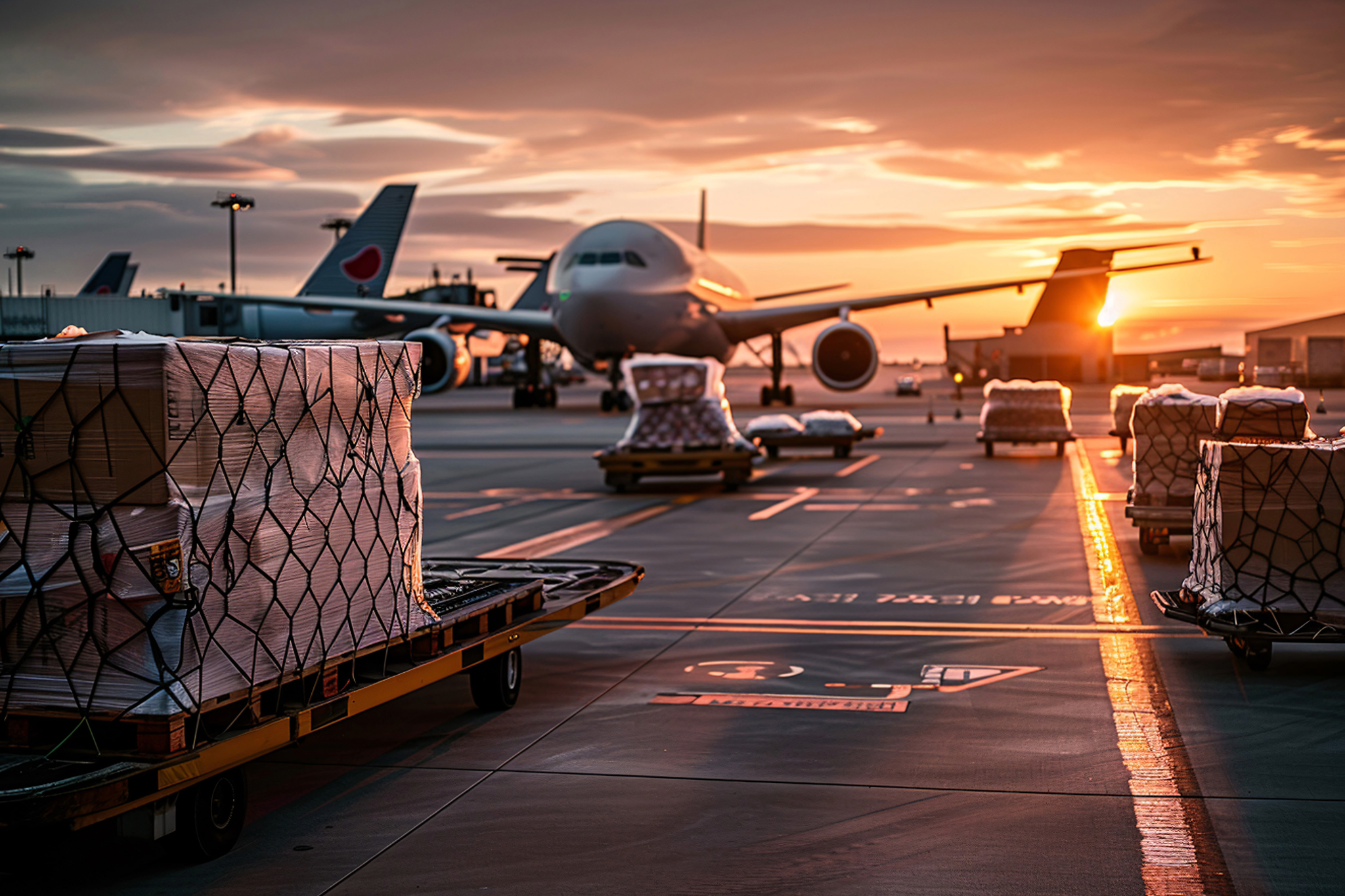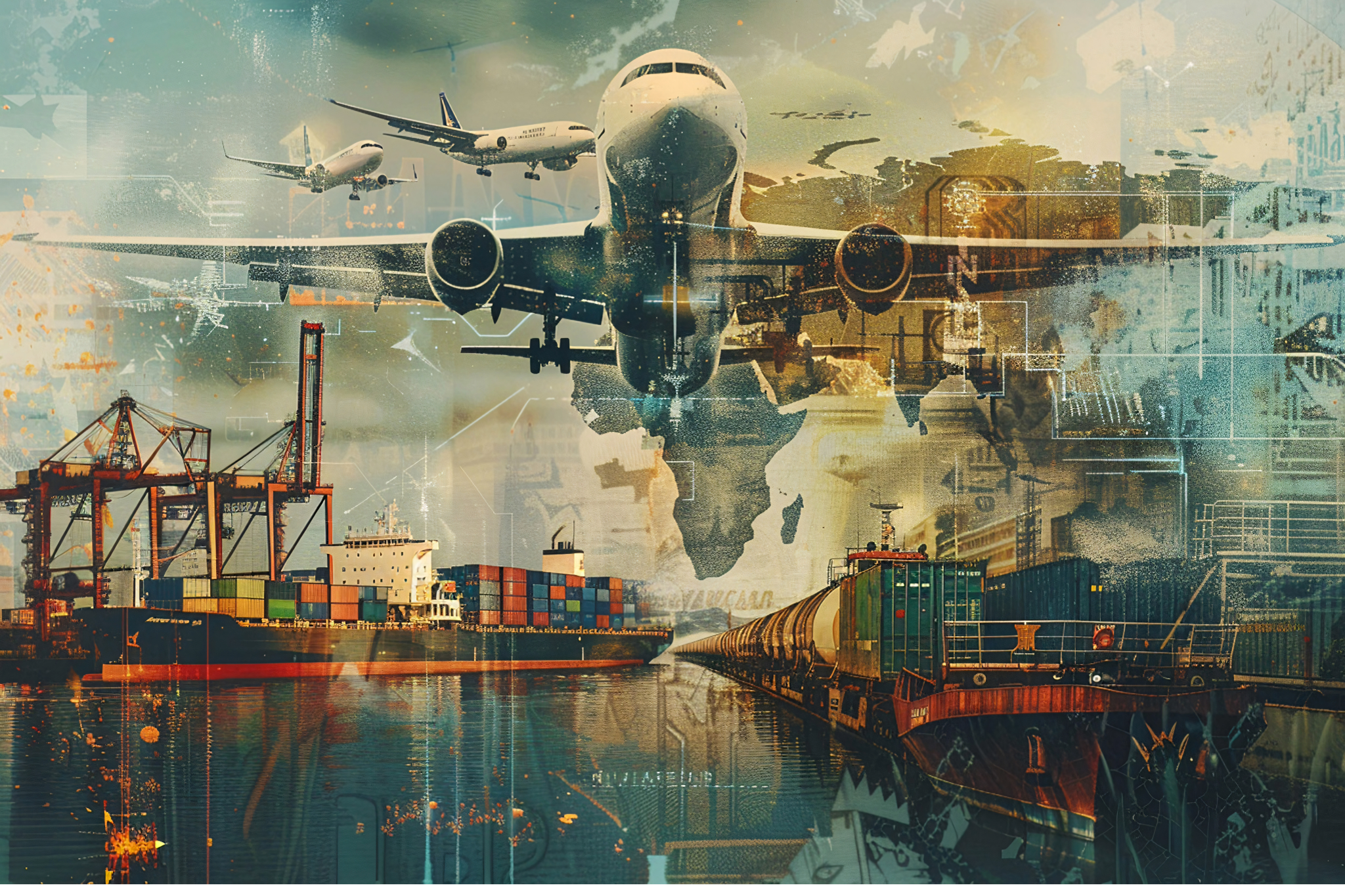A Complete Guide to Multimodal Transport: Sea, Air, & Land Solutions Explained
In a world where speed, efficiency, and flexibility dictate the success of global trade, multimodal transport has emerged as a game-changing logistics strategy. It combines two or more modes of transportation—typically sea, air, and land—under a single contract, offering businesses a smarter, faster, and often more cost-effective way to move goods across borders.
Whether you're shipping high-value electronics, time-sensitive garments, or bulky project cargo, a well-coordinated multimodal setup ensures that no mode works in isolation. Instead, each leg of the journey supports the next—optimizing delivery timelines and reducing risks at every stage.
Multimodal transport refers to the movement of goods using multiple transportation modes (such as truck + ship + air) but handled under a single operator or freight forwarder. This structure ensures better accountability, simplified documentation, and improved cargo visibility.
Breakdown of Key Modes in Multimodal Logistics
1. Sea Freight Best for bulk and long-distance shipments. Ocean freight is cost-effective and ideal for transporting large volumes, especially between continents. It's commonly used for FCL, LCL, and project cargo.
2. Air Freight Fast, reliable, and perfect for urgent or high-value goods. Though more expensive, air freight dramatically reduces transit time—making it popular for electronics, pharmaceuticals, and fashion exports.
3. Road Freight (Land Transport) Essential for connecting sea and air hubs with inland destinations. Road transport offers door-to-door flexibility, enabling seamless first-mile and last-mile delivery.





